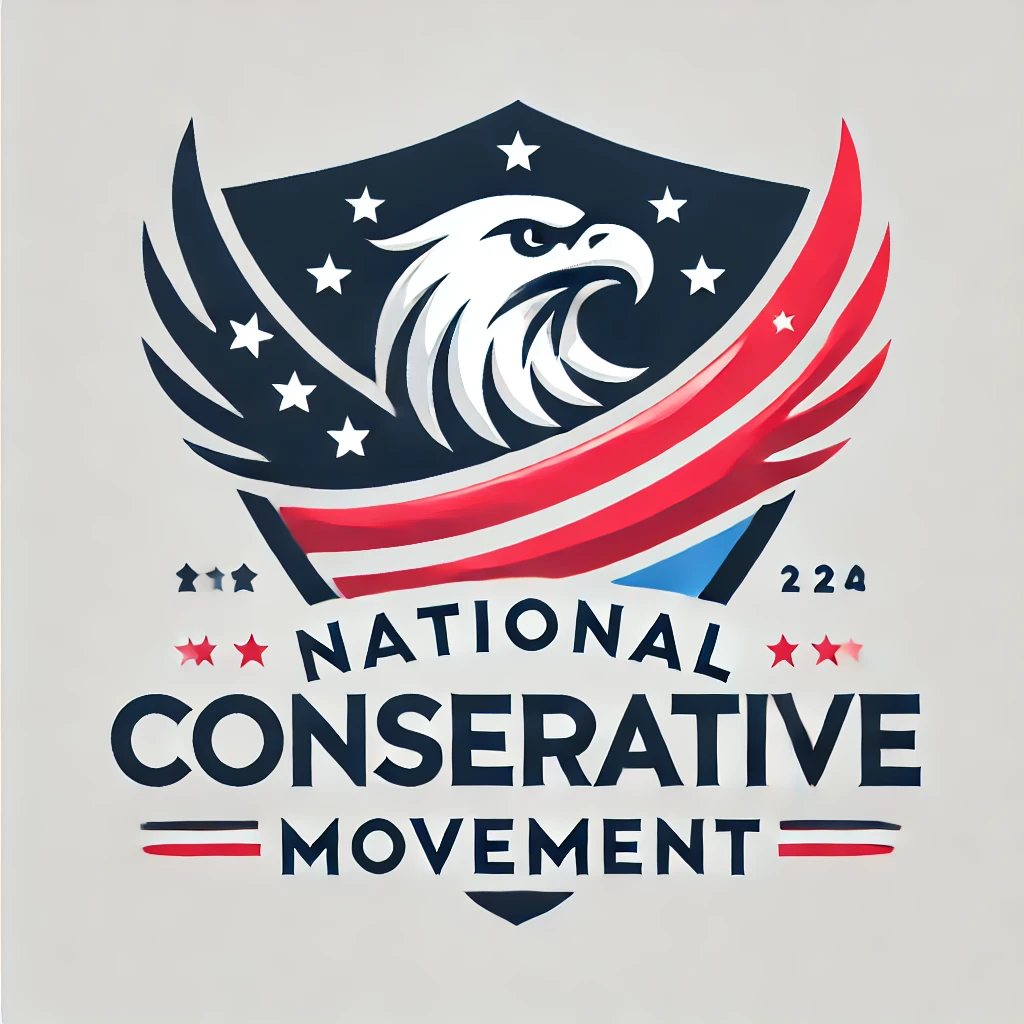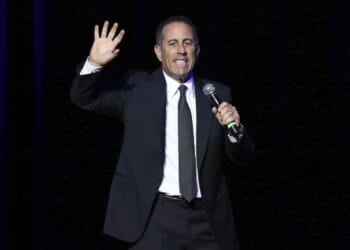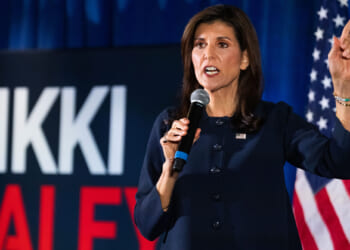
President Trump said Wednesday that he used ‘common sense’ to calculate the steep tariffs that he slapped on countries unless they can broker new trade deals with the United States.
Mr. Trump explained his thinking on tariff rates just hours after sending more letters to eight countries announcing the new levies. The letters warn that the new duties will take effect on Aug. 1 unless those countries can reach a trade deal with the U.S.
“The formula was based on common sense, based on deficits, based on how we’ve been treated over the years and based on raw numbers,” Mr. Trump told reporters at the White House. “They’re based on very, very substantial facts and also past history.”
Mr. Trump is assigning tariff amounts based on the trade deficit the U.S. has with each country, meaning situations in which a country sells plenty of products to the U.S. market but doesn’t buy nearly as much from American producers.
“I’m treating them very fairly,” Mr. Trump said. “Again, we have countries with tremendous deficits with us, where we essentially lose a lot of money, and we are changing that around very rapidly.”
Mr. Trump’s new letters announced Wednesday set a levy of 50% on Brazil, 30% on Algeria, Libya, Sri Lanka and Iraq, 25% on products from Brunei and Moldova, and 20% on goods imported from the Philippines. The tariffs largely match the rates Mr. Trump announced in April, though Brazil got a hefty increase from 10% in April.
Mr. Trump said the high tariff for Brazil was due in part to the country’s prosecution of former Brazilian President Jair Bolsonaro on allegations the ex-leader plotted to overturn his 2022 election loss.
“The way that Brazil has treated former President Bolsonaro, a Highly Respected Leader throughout the World during his term, including by the United States, is an international disgrace. This trial should not be taking place,” Mr. Trump wrote in his letter, which departs from the template language he used in the other letters.
He also accused Brazil of censoring content on U.S. social media platforms.
Brazilian President Luiz Inácio Lula da Silva shot back, telling reporters, “I think it’s very wrong and very irresponsible for a president to be threatening others on social media.”
The president has sent letters setting new tariff rates on 29 countries.
Of the eight countries that received letters on Wednesday, only Brazil ranks among America’s top 20 trading partners with $49 billion of goods imported last year. The Philippines was the only other nation to rank in the 50 with $14.1 billion of goods. Brazil sells oil, coffee and beef to the U.S., while lectronics, auto parts and textiles are among the products the Philippines sells to the U.S.
Imports from the other six nations amounted to less than $64 billion last year, according to data from the Office of the U.S. Trade Representative. Of that total, Brazil’s imports account for nearly 75%.
Of the eight countries that received letters on Wednesday, only the Philippines ranks among America’s top 50 trading partners, with $14.1 billion of goods imported last year. Electronics, auto parts and textiles are among the products it sells to the U.S.
Imports from the other six nations amounted to less than $15 billion last year, according to data from the Office of the U.S. Trade Representative. Of that total, Iraq’s oil imports account for nearly half.
None of the nations immediately issued public responses to Mr. Trump’s letters.
Mr. Trump began notifying countries of the new rates on Monday. Identical two-page letters were sent to Japan, South Korea, Malaysia, Kazakhstan, South Africa, Laos, Myanmar, Bosnia and Herzegovina, Tunisia, Indonesia, Bangladesh, Serbia, Cambodia and Thailand.
Tariff rates for each country now range from 25% to 40%, and the letters say the U.S. may consider adjusting the levies “depending on our relationship with your country.”
The tariff rates spelled out in the letters are similar to what Mr. Trump imposed as part of his tariff rollout in April, which established a 10% baseline levy for nearly all of America’s trading partners along with higher duties on scores of nations.
Those higher tariff rates were paused for 90 days after turmoil in the stock market. The pause was set to expire on Wednesday, but earlier this week, Mr. Trump signed an executive order delaying the tariff deadline until Aug. 1.
Tariffs are a tax or duty paid by importers on goods they bring in from foreign markets.
Mr. Trump says tariffs are a great way to force companies to return to America or keep their operations in the U.S., employ American workers and create revenue to fund domestic programs.
Foreign countries don’t pay the tariffs directly to the U.S. Treasury. In many cases, U.S. companies will pay the levies, and they might pass on at least some of the cost to consumers through higher prices.
• Tom Howell Jr. contributed to this report.












